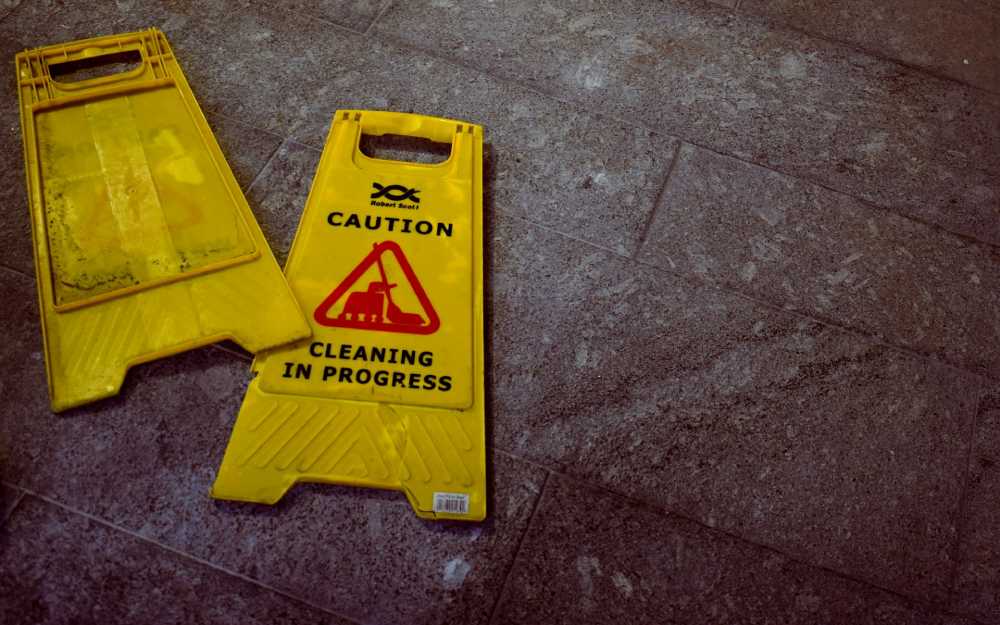Keeping warehouses clean is essential for ensuring workplace safety, improving efficiency, and preserving inventory quality. Effective cleaning solutions such as warehouse cleaners have become pivotal in modern facilities. In this article, we dive into modern techniques and equipment that are revolutionizing warehouse cleaning processes.
The importance of cleanliness in warehouse environments goes far beyond mere appearance. Proper cleaning protocols can reduce hazards, streamline operations, and prolong the lifespan of warehouse infrastructure. Systematic cleaning can prevent accidental slips, trips, and falls, which are among the most common workplace accidents. With its extensive guidance, we hope to shed light on the best ways to keep your warehouse in tip-top shape.
Contents
Why a Clean Warehouse Matters
A clean warehouse can significantly enhance operational effectiveness. According to OSHA guidelines, maintaining a clean workspace reduces the risk of accidents and increases productivity. It’s not just about aesthetics; it’s a crucial aspect of safety and efficiency in warehouse operations.
Dirt and clutter can obstruct walkways and workflows, leading to potential accidents and inefficiencies. Moreover, a neglected warehouse can affect employee morale, leading to decreased productivity. Therefore, maintaining a sparkling environment is vital for a smooth and efficient warehouse operation. Dust accumulation can damage sensitive equipment, and spills can create slippery surfaces. Regular cleaning prevents these issues, ensuring higher operational standards and employee well-being.
Modern Cleaning Equipment for Warehouses
Floor Scrubbers
Floor scrubbers are indispensable tools in the realm of warehouse cleaning. These machines are designed to tackle extensive floor spaces, swiftly removing dirt, grime, and other contaminants.
Modern variations include automated models that significantly cut down on labor costs and cleaning time, leading to enhanced productivity. Automated scrubbers can cover large areas in a fraction of the time it would take a manual cleaner, providing consistent and thorough cleaning without the physical strain on workers.
Industrial Vacuums
Industrial vacuums, especially those equipped with HEPA filters, are excellent for removing fine dust particles and other debris that can degrade air quality and affect the health of workers. Utilizing these vacuums ensures a cleaner and safer warehouse environment, enhancing overall workplace safety. HEPA filters work incredibly well to collect airborne particles, improve worker respiratory health, and lower the incidence of allergies and asthma.
Best Practices for Warehouse Cleaning
Implementing a regular cleaning schedule is vital. It’s not enough to clean only when things look dirty. Routine maintenance will prevent build-ups and ensure that equipment functions at its best. The EHS Today highlights the importance of setting up designated zones for different types of cleaning tasks to streamline the process.
Regularly scheduled clean-ups help in maintaining hygiene standards and make the cleaning process more manageable. By dividing the warehouse into specific zones dedicated to different cleaning activities, efficiency can be significantly increased.
Not only does this methodical approach keep the warehouse orderly, but it also ensures that high-traffic areas get the attention they need. For instance, zones with high foot traffic or frequent spills can be prioritized for frequent cleanings, while less utilized areas can be scheduled for less frequent maintenance. This strategy helps in managing resources effectively without compromising on cleanliness.
Incorporating Technology in Cleaning
Technology is becoming more and more important for optimizing warehouse cleaning. Automated cleaning robots, for example, are becoming common in large facilities. These machines can navigate complex layouts and ensure consistent cleaning without requiring human intervention.
Integrating IoT (Internet of Things) in cleaning equipment allows for real-time monitoring and analytics, helping managers make data-driven decisions. Such advancements lead to tailored cleaning protocols that are both cost-effective and efficient. By using sensors and data analytics, managers can optimize cleaning schedules, monitor the usage of cleaning supplies, and quickly identify areas that need urgent attention. These technologies also provide detailed reports on cleaning performance, which can be used to continuously improve the cleaning processes.
Conclusion: The Future of Warehouse Cleaning
The techniques and equipment utilized for warehouse cleaning will advance along with technology. Modern equipment purchases combined with adherence to best practices can result in notable increases in efficiency and safety. Maintaining a clean and efficient work environment in your warehouse can be achieved by staying up to date with emerging trends and technologies.
Staying updated with cleaning innovations and adopting advanced methodologies can significantly improve warehouse operations. Implement the strategies discussed in this article to elevate the standards of cleanliness and efficiency in your warehouse today.
Future advancements could include AI-driven cleaning routes, smart sensors for real-time cleanliness monitoring, and eco-friendly cleaning solutions. By being proactive and investing in modern cleaning solutions, warehouse managers can create a safer, more efficient, and more pleasant working environment for their employees.



